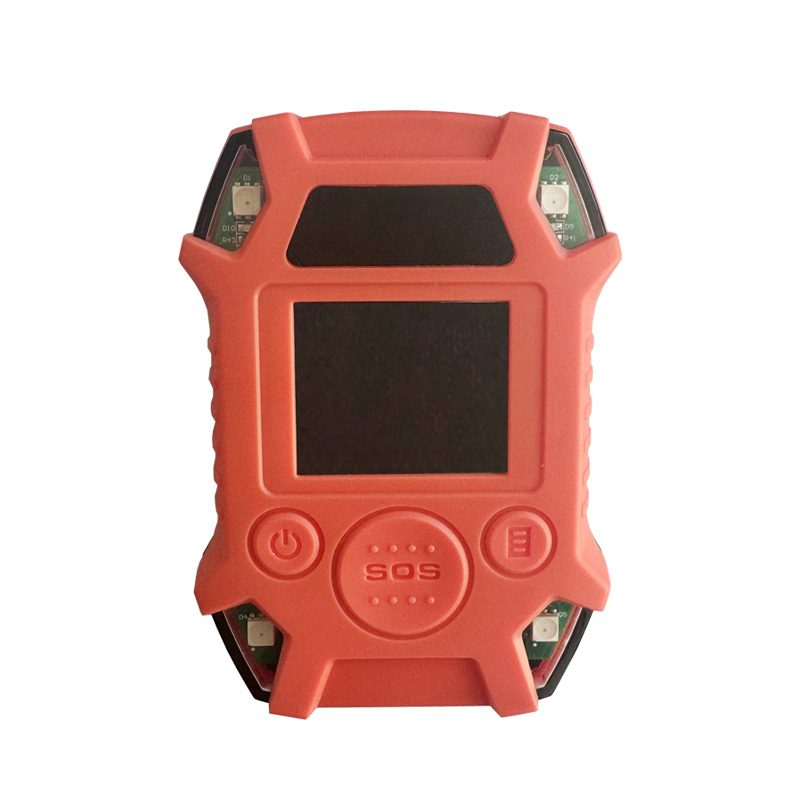The Campus Weather Station consists of several key components. The meteorological sensors, as the core, accurately measure elements such as temperature, humidity, wind speed, wind direction, air pressure, and precipitation. Their high-precision data collection provides the basis for subsequent analysis. The data logger is responsible for aggregating, processing, and storing the sensor data, which is transmitted via wired or wireless means. The sturdy poles and brackets ensure that the sensors are in the optimal measurement positions, while the solar power supply system guarantees the continuous operation of the equipment. With an efficient data transmission system, the meteorological data can be remotely sent to the school server or cloud platform. In combination with professional data processing and analysis software, the data is presented in intuitive charts for easy understanding and research by teachers and students.
The Campus Weather Station has a wide range of functions. In terms of teaching practice, it provides vivid materials for subjects such as geography and meteorology, allowing students to deepen their theoretical understanding in practice and cultivate a scientific spirit. For the arrangement of campus activities, it can predict the weather in advance, providing safeguards for sports meetings, outdoor activities, etc., and avoiding the adverse effects of weather factors. It also serves as a cradle for scientific research enlightenment, inspiring students' interest in exploring the mysteries of meteorology and helping to develop their scientific research literacy. In addition, by equipping with environmental monitoring sensors, it can also monitor the air quality, light intensity, etc. on campus, providing a basis for optimizing the campus environment.

This paper addresses:https://fengtusz.com/industry/585.html









